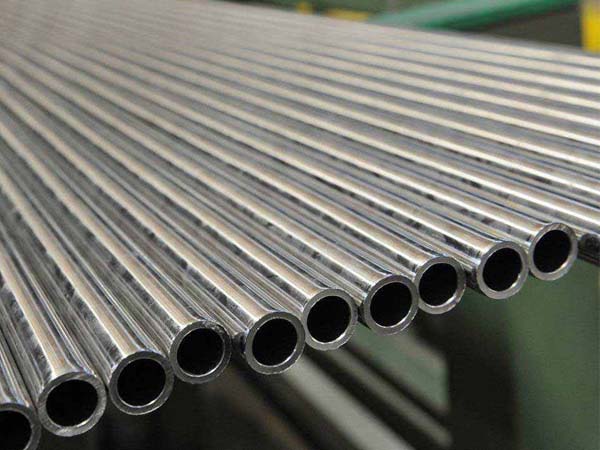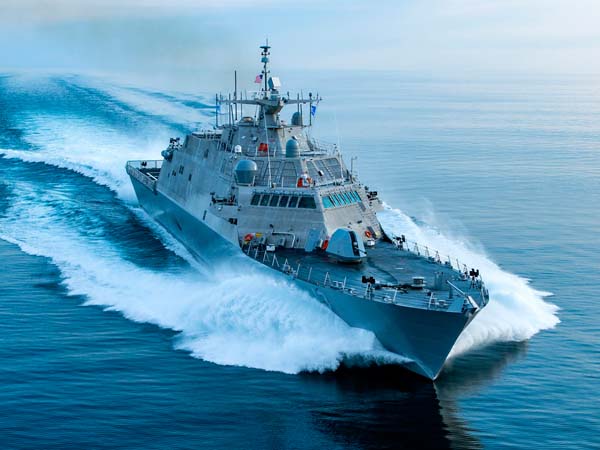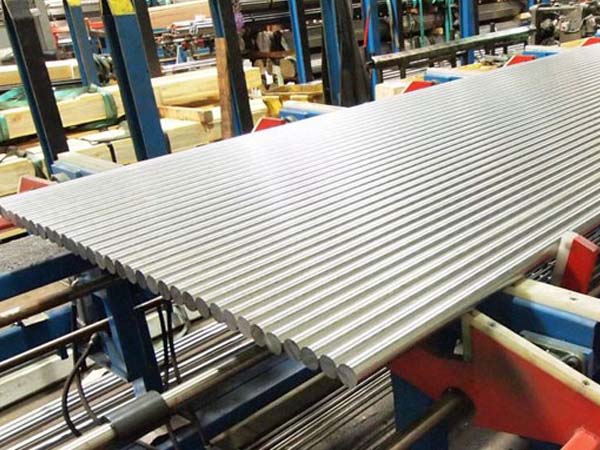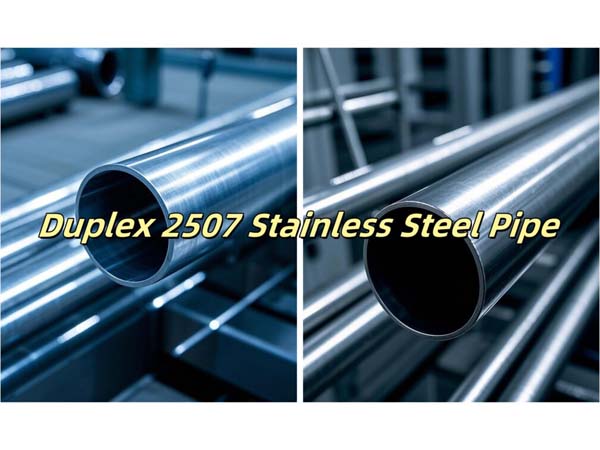





Phone
+86-731-82250427
Address
25th floor, C3 Building, Wanda Plaza, Kaifu District, Changsha, Hunan Province, China.
 Mar 18 2024
Mar 18 2024310MoLN (UNS S31050, W.Nr. 1.4466) is a nitrogen-containing high-alloy austenitic stainless steel renowned for its ability to stabilize and enhance the austenitic phase, without the presence of intermetallic phases like intergranular carbide precipitations. This material exhibits outstanding resistance to various forms of corrosion, including intergranular corrosion, pitting, and crevice corrosion, in environments such as ammonium carbamate and nitric acid. Moreover, 310MoLN demonstrates favorable weldability, albeit with a relatively high energy requirement and moderate ductility. It finds extensive usage in applications demanding exceptional strength, resistance to oxidation, and protection against chloride-induced stress corrosion cracking.
Chemical and Petrochemical: Heat exchangers, reactors, furnaces, and tubes
Oil and Gas: Gas and oil pipelines, risers, and equipment
Power Generation: Boilers, superheaters, reheaters, and other components
Environmental Applications: Waste incinerators, flue gas desulfurization systems, and other environmental control equipment
Heat Treatment Furnaces: Radiant tubes, muffles, and other furnace components
Food Processing: Ovens, kilns, and other heat processing equipment
Aerospace Industry: Exhaust systems, combustion chambers, and other critical parts
|
Material |
Cr |
P |
S |
Ni |
Si |
C |
Mn |
Mo |
|
310MoLN |
24.0-26.0 |
0.025max |
0.01max |
21.0-23.0 |
0.70max |
0.02max |
2.00max |
2.00-2.50 |
|
Material |
Tensile strength |
Yield strength 0,2 |
Elongation |
Hardness HB30 |
|
540-740N/mm² |
250N/mm² |
40% |
95HB |
310MoLN was initially designed to meet the requirements of stripper tubes utilized in urea production. It displays exceptional overall corrosion resistance in urea/carbamate solutions under high pressures and temperatures, as well as remarkable resistance to inorganic acids. Furthermore, 310MoLN exhibits high resistance to intergranular corrosion following welding, as well as pitting and crevice corrosion. When compared to conventional austenitic stainless steels like type 304 and 316, the elevated nickel content in 310MoLN contributes to its slightly enhanced resistance to stress corrosion cracking in chloride-containing solutions at temperatures surpassing approximately 60°C (140°F).
To optimize its mechanical properties and attain the desired microstructure, 310MoLN is commonly subjected to heat treatment. Solution treatment or annealing involves heating the material to approximately 1050-1150°C (1922-2102°F), followed by rapid cooling. This process aids in achieving the desired material characteristics.
Typically, 310MoLN stainless steel undergoes heating and pickling processes to eliminate surface scale, oxide layers, and other contaminants. Initially, the material is heated within a specific temperature range to eliminate organic substances and prepare it for the subsequent pickling process. Subsequently, it is immersed in an acid solution, typically a blend of nitric acid and hydrofluoric acid, to dissolve and eliminate scale and oxides. Following the pickling process, thorough rinsing with water is conducted to remove any remaining traces of acid. Optionally, passivation may be performed to further enhance the corrosion resistance of the material.
310MoLN stainless steel can be subjected to both hot and cold forming processes. However, it is crucial to consider the material's high strength and work-hardening characteristics during these operations. For hot forming, the recommended temperature range usually falls between 1150-1260°C (2102-2300°F). This temperature range promotes improved plasticity and reduces the risk of cracking during forming procedures. On the other hand, cold forming occurs at room temperature and involves techniques such as bending, drawing, or stamping. Cold forming results in work hardening of the material, and 310MoLN tends to work-harden more rapidly compared to standard austenitic stainless steels due to its elevated alloy content. Complex cold forming operations may necessitate frequent annealing or intermediate heat treatments to restore the material's ductility.
Machining 310MoLN stainless steel can be challenging due to its high alloy content and tendency to work-harden, making it comparatively more difficult than standard austenitic stainless steels. When machining this material, it is advisable to employ cutting tools equipped with high-speed steel or carbide inserts. This helps prevent the formation of dull edges that could contribute to excessive work hardening.
310MoLN exhibits excellent weldability and typically does not require preheating before welding. Additionally, there is usually no need for subsequent heat treatment after welding. It is important to note that 310MoLN has relatively low thermal conductivity and high thermal expansion characteristics.
Ø Bar & Rod
Ø Plate & Sheet
Ø Coil & Strip
Ø Pipe & Tube
Ø Fitting: Flange, Tee, Elbow, Reducer etc.
Ø Forging: Ring, Shaft, Circle, Block etc.
Ronsco is a supplier with more than 27 years of experience in the special metal field, we always adheres to the business phiosophy of "customer-centered", tries its best to meet the requirements of customers and pursues win-win cooperation with customers. Are you looking for special metal products one-stop supplier! Contact Us Now! Email: marketing@ronsteel.com
